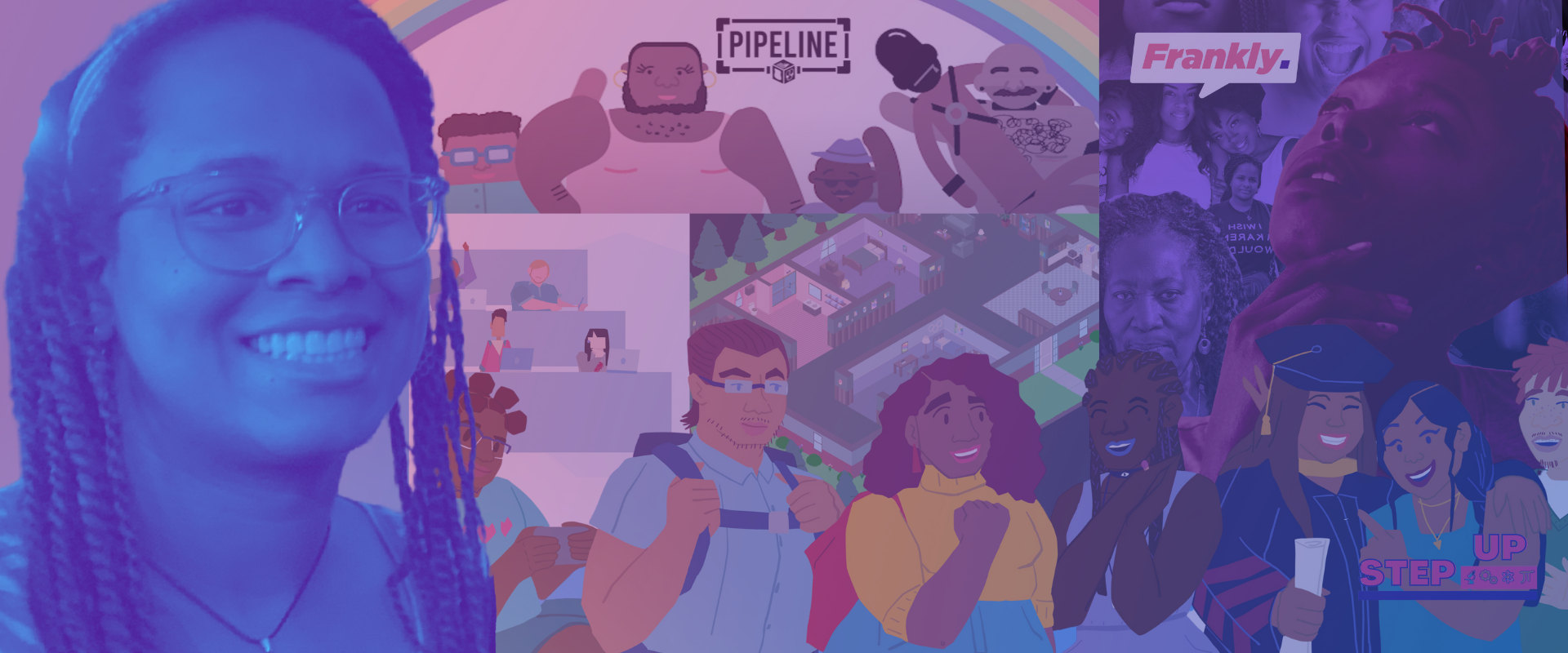The Ci3 Spotlight highlights a staff member from our interdisciplinary team of researchers, designers, storytellers, and policy experts.
Ci3 takes a unique research approach by incorporating digital media, games, and design thinking in its practice. How can these areas foster change for adolescents’ sexual and reproductive health in India?
In India, one of the main barriers to achieving positive outcomes in adolescent health is the social barrier to talking openly about sexual and reproductive health. The stigma associated with discussing sex and sex-related topics in Indian society makes it nearly impossible for Indian youth to have correct information about their bodies.
Interestingly, there’s an intersection in what we do at Ci3 and in India. At Ci3, we use storytelling to understand the everyday experiences of young people. And in India, there is a long history of using storytelling to advance intergenerational learning about social and cultural norms. Ci3’s storytelling methods can therefore be a culturally appropriate and enjoyable way to have these important conversations with Indian youth, and can help Indian youth discuss their concerns with their elders, peers, and other trusted adults.
Our Center collaborates with University of Chicago faculty and local organizations (wherever we are working) to better understand the role of sexual and reproductive health in the lives of young people. How has the India-based Kissa Kahani project partnered with faculty and local partners to examine critical areas in young people’s health and wellbeing?

Kissa Kahani is a multimedia global health project that is a great example of a cross-collaborative effort between faculty and local partners. On the faculty front, Kissa Kahani draws from the expertise of UChicago professors including Dr. Alicia Menendez, a development economist and associate professor at the Harris School. Dr. Menendez has been the co-principal investigator on Kissa Kahani and develops monitoring and evaluation tools to study the effectiveness of the project.
At the ground, Ci3 has collaborated with more than 20 local Indian organizations through direct and indirect partnerships. Some of these partnerships entailed training local partners in Ci3’s methods around storytelling and human centered design that helps with transferring knowledge and building local skills. Kissa Kahani also offered small grants to local youth organizations to develop new solutions to adolescent sexual and reproductive health challenges, and provided technical assistance to organizations to support implementation of grants.
When it comes to adolescent health and wellbeing, are India and the United States similar or different?
In my view, there are both similarities and differences in adolescent health and wellbeing between India and the United States. Neither country has fully succeeded in providing safe and confidential sexual and reproductive healthcare to its young people, although the United States has made greater progress compared to India.
When it comes to differences, Kissa Kahani has allowed us to learn about the strong influence of gender norms on the daily lives of Indian young women, such as Indian girls not having access to education and being forced to marry early. Gender also affects the lives of youth living in the United States, but in India, gender norms seem to control almost all aspects of young women’s lives.
What first inspired you to pursue a career in global health?
I became interested in public health while working on a United Nations-funded maternal and child health project in Northern India. As part of this role, I spent time in remote Indian villages speaking with young mothers, frontline health workers, and local health officials about the health-related challenges in their communities. I learned about the need for education about family planning and medically assisted births, the influence of poverty and lack of health clinics in these hard to reach communities, and the tensions that arise from corruption and lack of accountability at the ground level. Coming face-to-face with these realities inspired me to work in public health.
Before joining Ci3, you worked on health initiatives at the World Bank and other major organizations. What advice can you share to people who are just entering the global health field?
Working in global health offers great opportunities for professional and personal growth. Through my work, I’ve gained a better understanding of the complex interplay between health and social norms, which are different in each country. My experience helps with ensuring that I am mindful of the unique differences that exist in every community, and I pay special attention to addressing their individual needs in my work. However, working internationally can also be physically and emotionally demanding! A person has to be prepared to travel for extended durations if needed and learn to stay optimistic despite being surrounded by extreme poverty and hardship.
What’s your proudest moment in adolescent sexual and reproductive health research? How has Ci3 contributed to that experience?
One of my proudest moments was the decision made by the Indian Supreme Court to lift Section 377, also known as the anti-sodomy act in India. Many of Ci3’s projects aim to improve the lives of LGBTQ populations, so this was definitely a big victory for all of us!
Which historical figure inspires you the most? Why?
There are so many, but if I had to pick one, it would have to be my grandmother. She was a firebrand; strong-spirited and a huge advocate for women’s education and autonomy. She raised my sister and me with the belief that we can achieve anything (and my brother, too!).
In your free time, what do you enjoy doing?
I like to make puzzles, read books, and bike around the city with my kids. I also like to practice singing Indian music, taking naps, and going to India with my kids to see my parents.
To read more about Kissa Kahani, view Ci3’s report on the project’s formative research.





